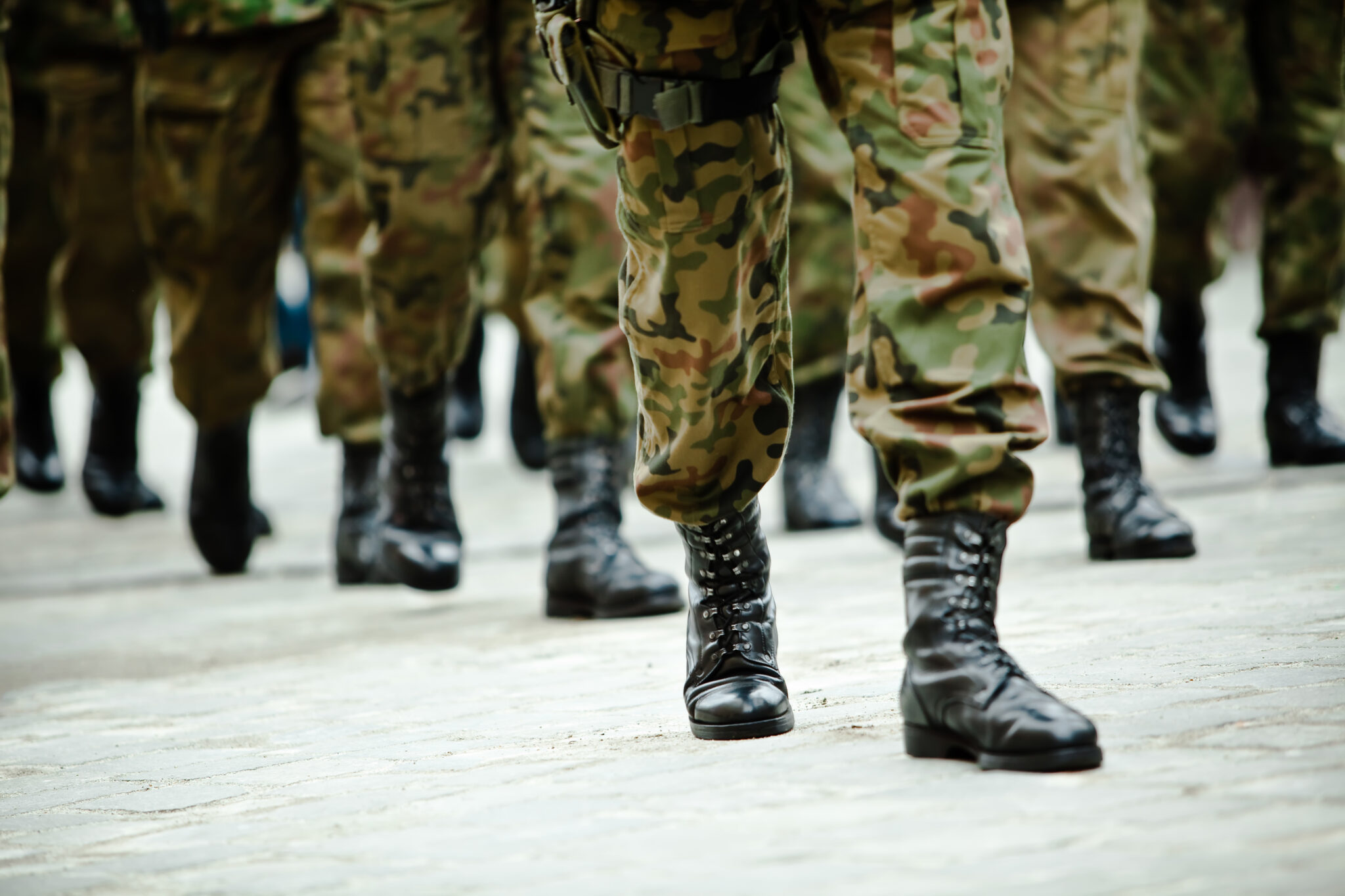When people serve in the United States Armed Forces, they earn the right to various benefits and help. But, figuring out how to get these benefits can be hard, especially when you need to perform a military status check to prove your military service. This step is very important because it decides if someone can get help with health care, education, finding a job, and money for disabilities. Our guide will help you understand how to perform a military status check after you’ve served. We’ll explain why it’s important, how it’s done, and how it helps veterans get the support and thanks they deserve for their service to our country.
Understanding Military Status Verification
Understanding how to check if someone has served in the military is a key step for veterans to get the benefits they’ve earned. This process is called military status verification. It’s like checking to make sure someone really was in the armed forces and what they did while serving. This helps decide who can get help and support from various programs for veterans.
Here’s what’s involved in this process:
- Personnel Records: This is a big collection of information that has everything about a person’s military service, like where they were stationed, their rank, and what duties they performed.
- Verification Procedures: These are the steps and rules followed to make sure the information about a person’s military service is true. This helps in confirming their status as veterans.
- Data Security: This is all about keeping the personal and military information of veterans safe from unauthorized access. It’s important because it protects their privacy.
Why is this important? It makes sure that the process of checking a veteran’s service record is done right and quickly. This helps veterans access a bunch of benefits tailored just for them, like healthcare, education, and support for disabilities. It also makes the system more transparent and trustworthy, so veterans can get the help they need without unnecessary delays or confusion.
Benefits and Services Requiring Verification
Before veterans can access certain benefits and services, their military service needs to be checked and confirmed. This step is crucial because it unlocks a range of supports designed to help them transition to civilian life and take care of their needs. Let’s look at some of these benefits and why verification is important for each:
- Healthcare Benefits: Veterans may get medical care, prescriptions, and mental health support from the Veterans Affairs (VA) once their service is verified. This includes special treatments for conditions related to their service.
- Educational Assistance: Programs like the GI Bill help veterans pay for college or vocational training. To use these benefits, their military status must be confirmed, opening doors to new careers and opportunities.
- Disability Compensation: If a veteran was hurt or became ill because of their service, they might get money and help, like rehab services or equipment. Verification ensures they receive the right support.
- Pension and Financial Support: Some veterans, especially those with low incomes or who are unable to work because of disabilities, can get pensions and other financial help. Checking their military record helps identify those who need these benefits the most.
- Employment and Career Services: Veterans often get preference for government jobs and access to job training and advice, which helps them find work after their service.
- Housing and Homelessness Support: Verified veterans can get loans to buy homes and assistance if they’re facing homelessness, providing stability for them and their families.
In each case, verifying a veteran’s military status ensures they can quickly and easily access these benefits, tailored to thank them for their service and support their needs in civilian life.
Verification Processes and Stakeholders
The process of confirming a veteran’s military service involves several important steps and different groups or stakeholders. These stakeholders work together to make sure veterans can easily prove their service and get access to the benefits they deserve. Let’s break down how this process works and who is involved:
- Department of Veterans Affairs (VA): The VA is like the main hub for veterans. It keeps detailed records of military service and manages the process of checking these records. The VA works with other groups to share information correctly and quickly.
- Department of Defense (DoD): The DoD has all the details about when and where veterans served. They share this information with the VA to help confirm a veteran’s service history.
- State and Local Agencies: These agencies may offer their own benefits and need to verify a veteran’s service. They work with the VA and DoD to make sure their information is accurate and up-to-date.
- Private Organizations and Employers: Sometimes, private companies also need to check if someone is a veteran, maybe to give them a job priority or special benefits. They follow specific rules to do this verification.
- Online Verification Tools: The VA and other organizations have created online systems where veterans can easily check their own service records. This makes the whole process faster and more accessible.
Everyone involved in this process plays a vital role in making sure veterans can prove their service smoothly. This teamwork helps veterans get the benefits they need without unnecessary delays, honoring their service with the support they’ve earned.
Challenges and Best Practices
Making sure that a veteran’s military service is accurately verified can come with its own set of challenges. However, there are good practices that can help make the process smoother for everyone involved. Let’s talk about some of these challenges and the best ways to handle them:
- Data Accuracy and Completeness: Sometimes, records can be missing or not up-to-date, which makes verifying service difficult. Continuously updating and checking records for accuracy helps avoid these issues.
- Privacy and Security: Protecting veterans’ personal and service-related information is crucial. Using strong security measures and following privacy laws ensures that sensitive data stays safe.
- Streamlining the Verification Process: Making the process too complicated can slow things down. Using technology, like online verification tools, helps make things quicker and easier for veterans.
- Outreach and Education: Sometimes, veterans may not know about the benefits available to them or how to access them. Providing clear information and guidance helps veterans understand and use the verification process.
- Collaboration and Partnership: Working together, government agencies, private organizations, and other stakeholders can share best practices and improve the verification process. This teamwork ensures that veterans receive the benefits they deserve in a timely and efficient manner.
By focusing on these challenges and adopting best practices, the process of verifying military service can become more efficient and secure, ensuring veterans get the support and recognition they’ve earned.
Conclusion
As veterans move from military to civilian life, verifying their service is a key step in making sure they get the support and benefits they deserve. Understanding how this process works helps veterans access these services more easily. Efforts to make the verification process better, keep records accurate, and work together among different groups are important for providing the best support for our nation’s heroes. As we continue to improve and streamline these processes, we honor the commitment and sacrifices of veterans by ensuring they receive the recognition and assistance they rightfully earned.
Disclosure: This article may contain affiliate links, meaning we could earn a commission if you make a purchase through these links.






